Extraordinary stories at London’s Design Museum

Launched this week at the Design Museum in London, the exhibition Extraordinary Stories About Ordinary Things proves that behind even the most prosaic of objects lies a fascinating tale.
From the telephone box to the Biro pen, the exhibition gathers a diverse selection of everyday objects taken from the museum's extensive archive of 20th century design.
'Design isn't the same as art,' Design Museum director Deyan Sudjic told as at the opening. 'Art in the gallery context is best left to speak for itself, whereas design needs to have the "why", the "how" and the "who" as part of the story.'
Housed in a grey-stained plywood display system designed by Gitta Gschwendtner, with graphics by Henrik Kubel, the objects - both famous and lesser-known - are organised into six key themes including plastics, national identity, fashion, modernism, collecting and an entire section dedicated to George Carwardine's iconic Anglepoise lamp.
Stories range from inventor James Dyson's struggle to find a producer for his revolutionary cyclone vacuum cleaner in the 1980s to the public's shock at the unveiling of modernist design icons such as Breuer's 'Cesca' armchair in the 1930s.
Another more recent but no less remarkable tale is the gifting of over 400 garments to the museum by trustee Lady Ritblat from her own wardrobe. The pieces tell a personal style story through the decades.
Most importantly, the exhibition provides us with a tantalising glimpse of what we can expect to see when the Museum moves to its new home on Kensington High Street in 2015. Renovated by British architect John Pawson, the former Commonwealth Institute's entire top floor will be dedicated to the museum's collection of over 3000 pieces of twentieth century design.
For those who cannot wait that long, the museum has launched an iPad Collection App that allows users to browse 59 objects from the collection including the Dyson vacuum, the Thonet chair mould, the British telephone box, the Vespa and more recently, the Kindle.
'Handlebar table' by Jasper Morrison, 1983
At the beginning of his career, British designer Jasper Morrison used the handlebars of a racing bike to lend his work a mass produced quality. The wood aluminium and glass components cost just £20 to buy and the tables sold for £100. Morrison comments: 'Looking back at it now, I would say the most relevant and important success of the design for my future development was the successful combination of the three materials.'

The Jim Nature Television by Phillipe Starck, Thompson Consumer Electronics for Saba, 1994
At a time when black plastic was predominant material for making casing for electrical goods, Philippe Starck opted to use a high-density chipboard for his Jim Nature television set; a provocative and environmentally friendly alternative.

G-Force cyclonic vacuum cleaner by James Dyson, 1986
When he was unable to find support for his invention in the UK, James Dyson launched the G-Force, the first bag-less cyclonic vacuum cleaner, onto the market in Japan. In 1993 he used the money that he made from the G-Force to set up the Dyson Factory and Research Centre in Wiltshire, England and in the same year launched the DC01, which became the best-selling vacuum cleaner ever produced.

'Cesca' armchair and sidechair (model B32) by Marcel Breuer, 1928
It was the tubular steel frame of his Adler bicycle that first inspired influential modernist architect and designer Marcel Breuer to make tubular steel furniture. First came the B3, Wassily, chair and then the B33, B32 and B64. Dutch architect Mart Stam may have beaten Breuer to design the first cantilevered chair - one that was supported by a single base - but the latter's B32 design was stronger and more successful.

Valentine portable typewriter by Ettore Sottsass and Perry King for Olivetti, 1969
Described as 'the biro of typewriters', the bright red Valentine's lightweight and protective travelling case meant that the typewriter became a portable device that was no longer tethered to the office desk.
Receive our daily digest of inspiration, escapism and design stories from around the world direct to your inbox.
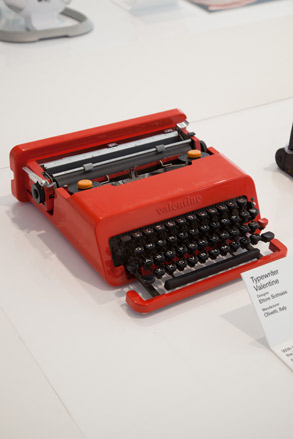
Road Sign by Jock Kinneir & Margaret Calvert
An often-overlooked piece of design, the British road sign typeface, named Transport, was designed by Margaret Clavert and Richard Jock Kinneir, and first used for the Preston By-pass in 1958. The duo later introduced the Rail Alphabet typeface for British Rail.
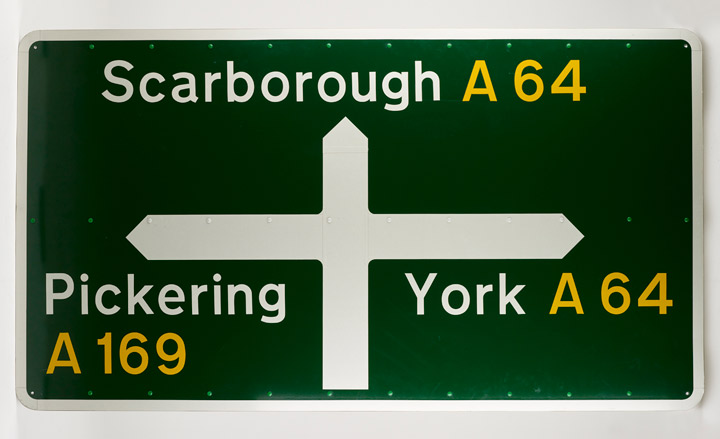

Anglepoise 1227 by George Carwardine, 1934
The domestic version of the Anglepoise lamp was designed two years after the introduction of the original industrial version. Carwardine realised the design's potential for illuminating desks and books and so modified the lamp with an Art Deco-inspired three tier base for the domestic setting.
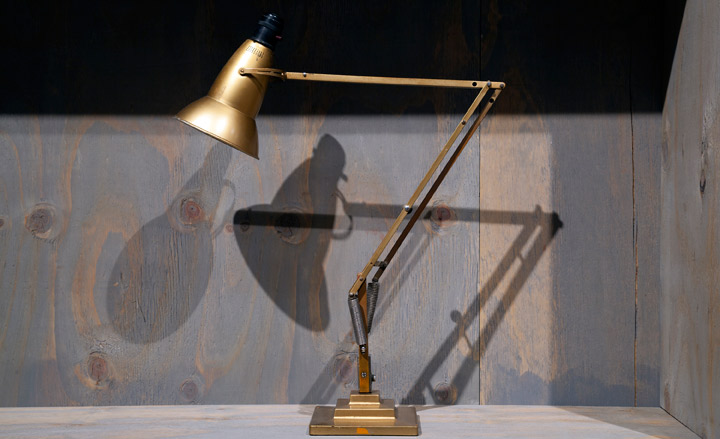
ADDRESS
Design Museum
28 Shad Thames
London SE1 2YD
Ali Morris is a UK-based editor, writer and creative consultant specialising in design, interiors and architecture. In her 16 years as a design writer, Ali has travelled the world, crafting articles about creative projects, products, places and people for titles such as Dezeen, Wallpaper* and Kinfolk.
-
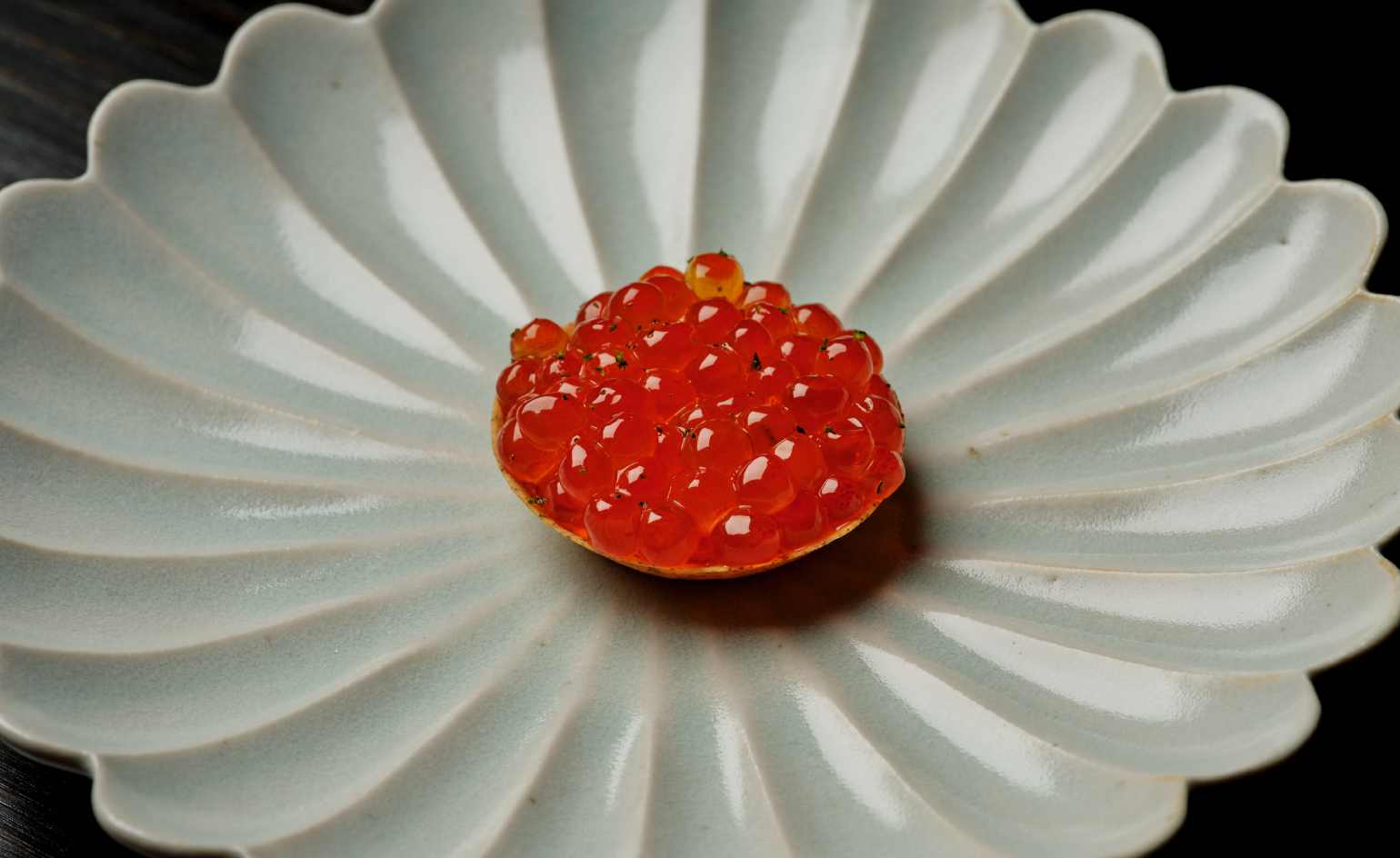 This cult Los Angeles pop-up restaurant now has a permanent address
This cult Los Angeles pop-up restaurant now has a permanent addressChef Brian Baik’s Corridor 109 makes its permanent debut in Melrose Hill. No surprise, it's now one of the hardest tables in town to book
-
 French bistro restaurant Maset channels the ease of the Mediterranean in London
French bistro restaurant Maset channels the ease of the Mediterranean in LondonThis Marylebone restaurant is shaped by the coastal flavours, materials and rhythms of southern France
-
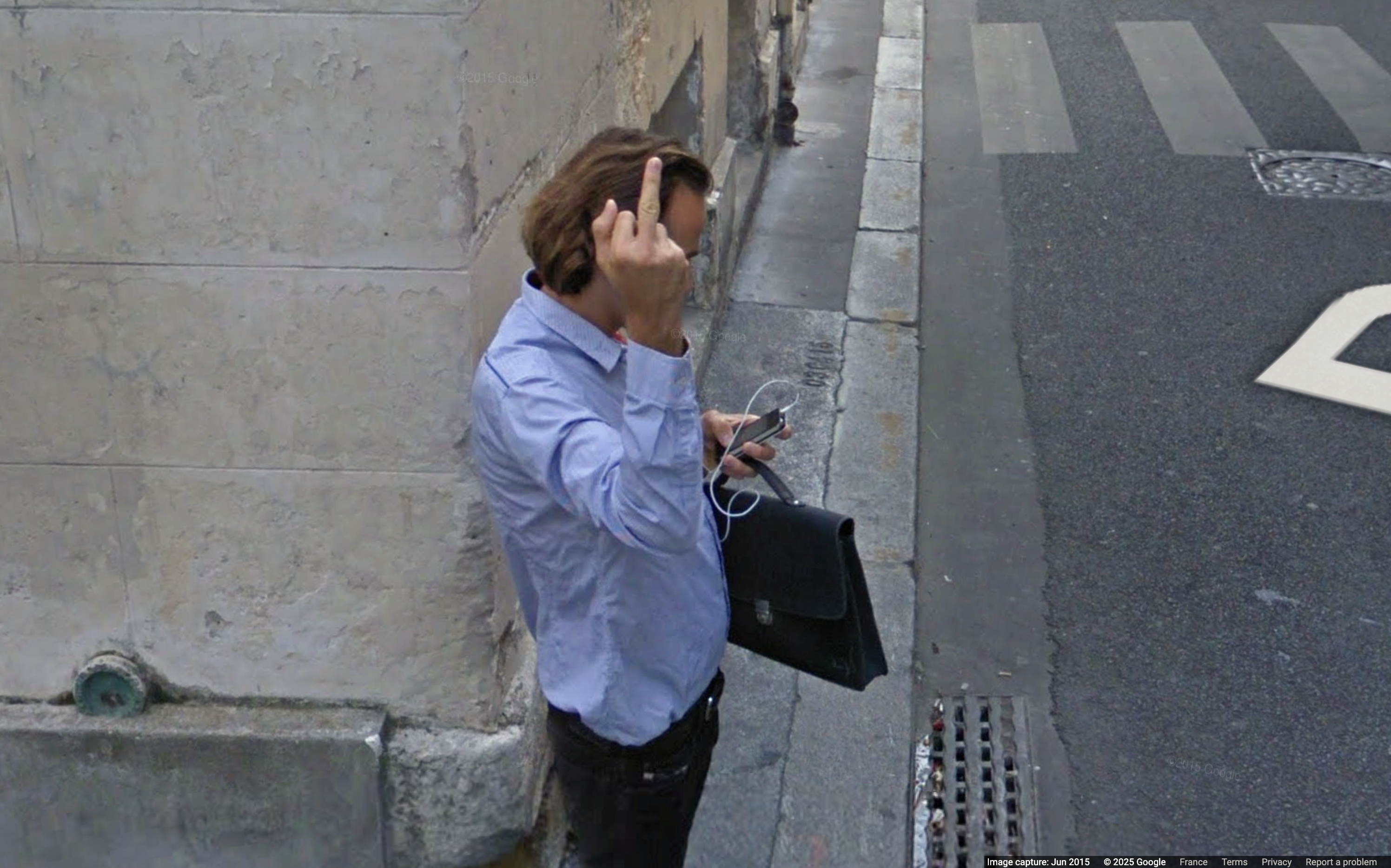 How ethical is Google Street View, asks Jon Rafman in Copenhagen
How ethical is Google Street View, asks Jon Rafman in CopenhagenIn 'Report a Concern - the Nine Eyes Archives' at Louisiana Museum of Art, Copenhagen, Jon Rafman considers technology's existential implications
-
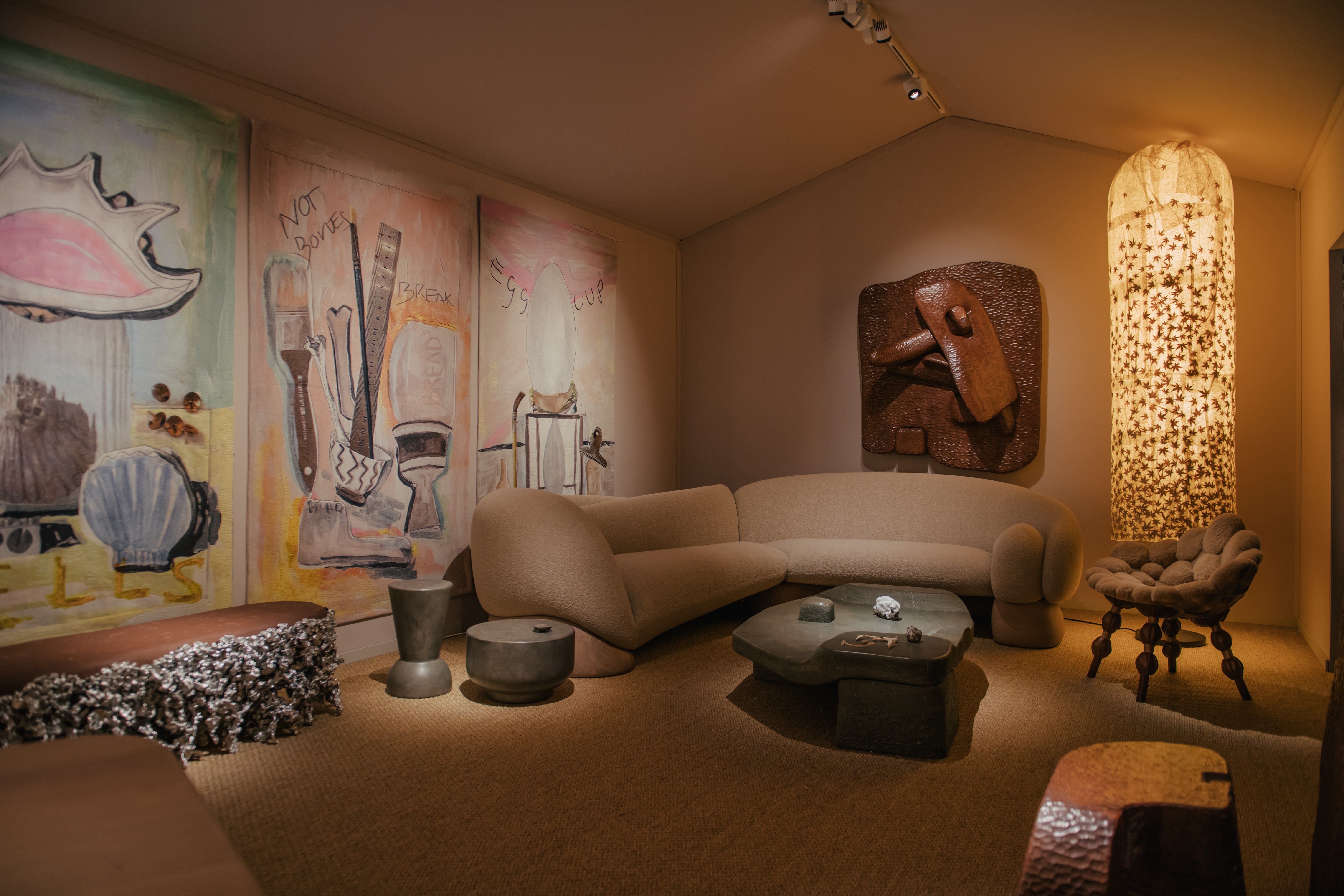 Step inside Faye Toogood's intimate cabinet of curiosities at PAD London
Step inside Faye Toogood's intimate cabinet of curiosities at PAD LondonFor PAD London 2025, (until 19 October) Faye Toogood presents The Magpie’s Nest with Friedman Benda
-
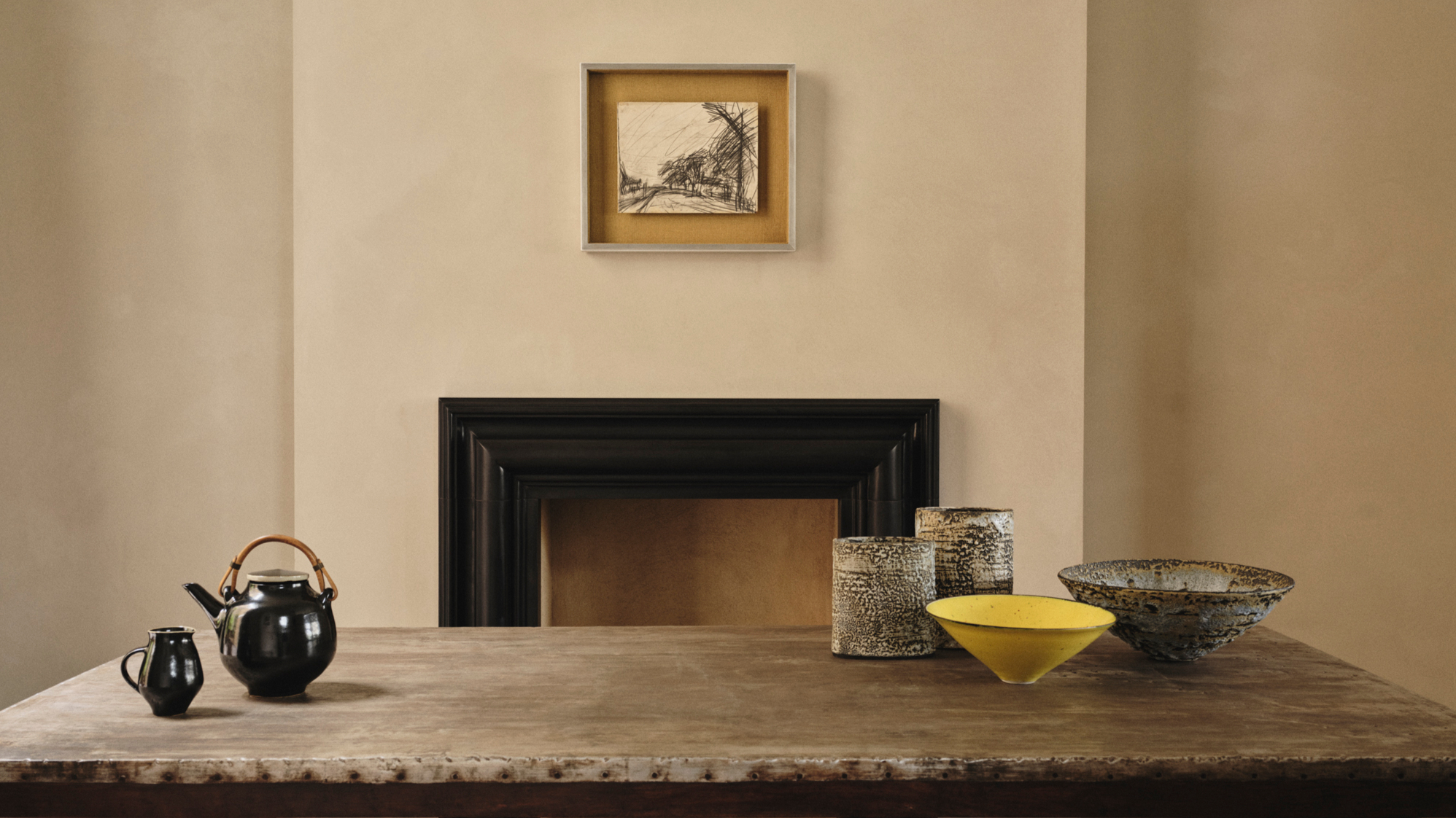 Rajan Bijlani opens his Primrose Hill home for ‘Electric Kiln’
Rajan Bijlani opens his Primrose Hill home for ‘Electric Kiln’In his London home – once the studio of ceramicist Emmanuel Cooper – Rajan Bijlani stages ‘Electric Kiln’, uniting Frank Auerbach, Lucie Rie and Cooper in an intimate reflection on the creative spirit of postwar London
-
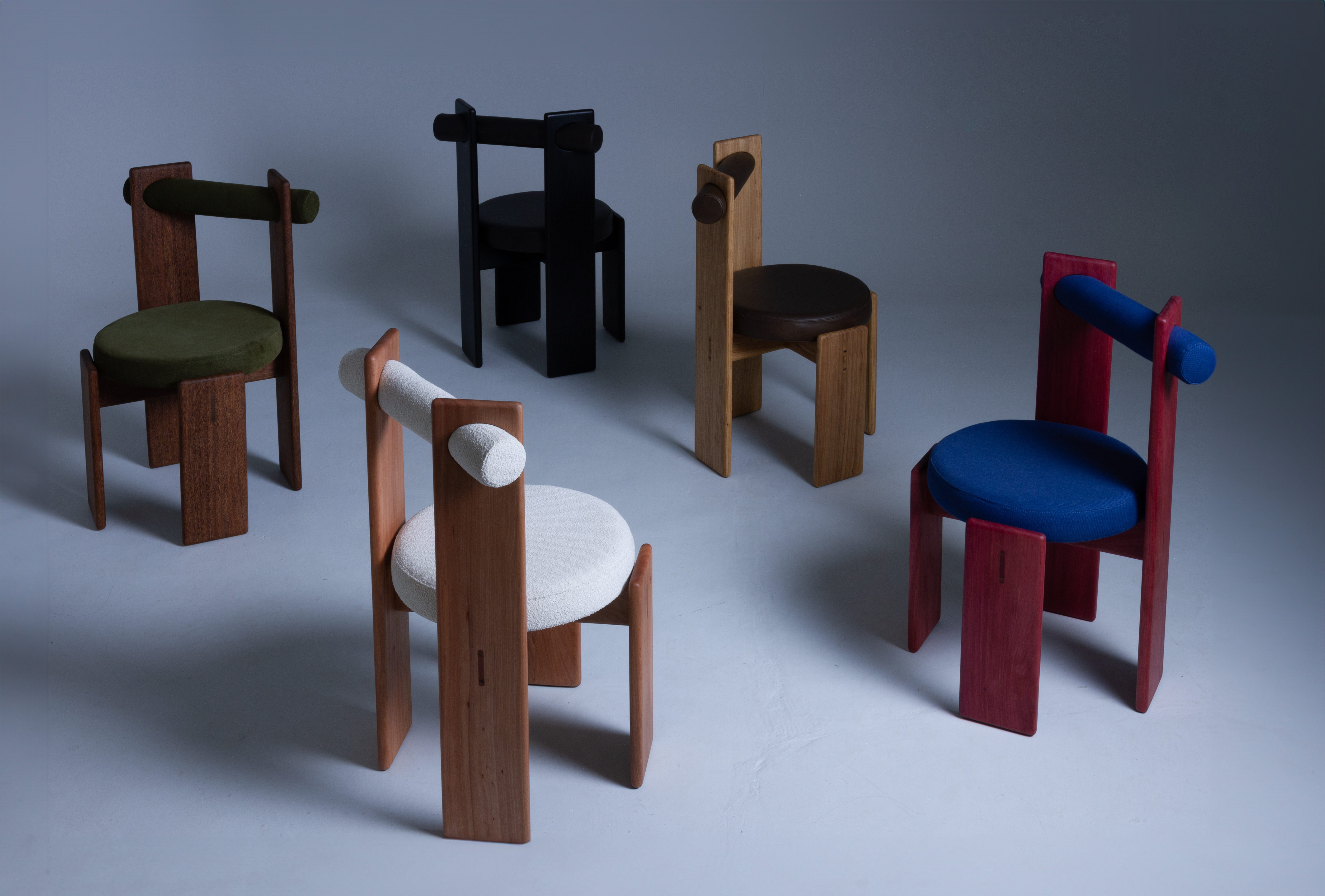 These are the design exhibitions to see in London during Frieze Week
These are the design exhibitions to see in London during Frieze WeekWe round up the best design events happening in London in conjunction with Frieze Week 2025: discover collectible design and craft across the city
-
 Norman Foster and nine other architects design birdhouses for charity – you can bid
Norman Foster and nine other architects design birdhouses for charity – you can bid‘Architects for the Birds’ is spearheaded by Norman Foster and the Tessa Jowell Foundation to raise funds to improve treatment for brain cancer. Ten architect-designed birdhouses will go up for auction
-
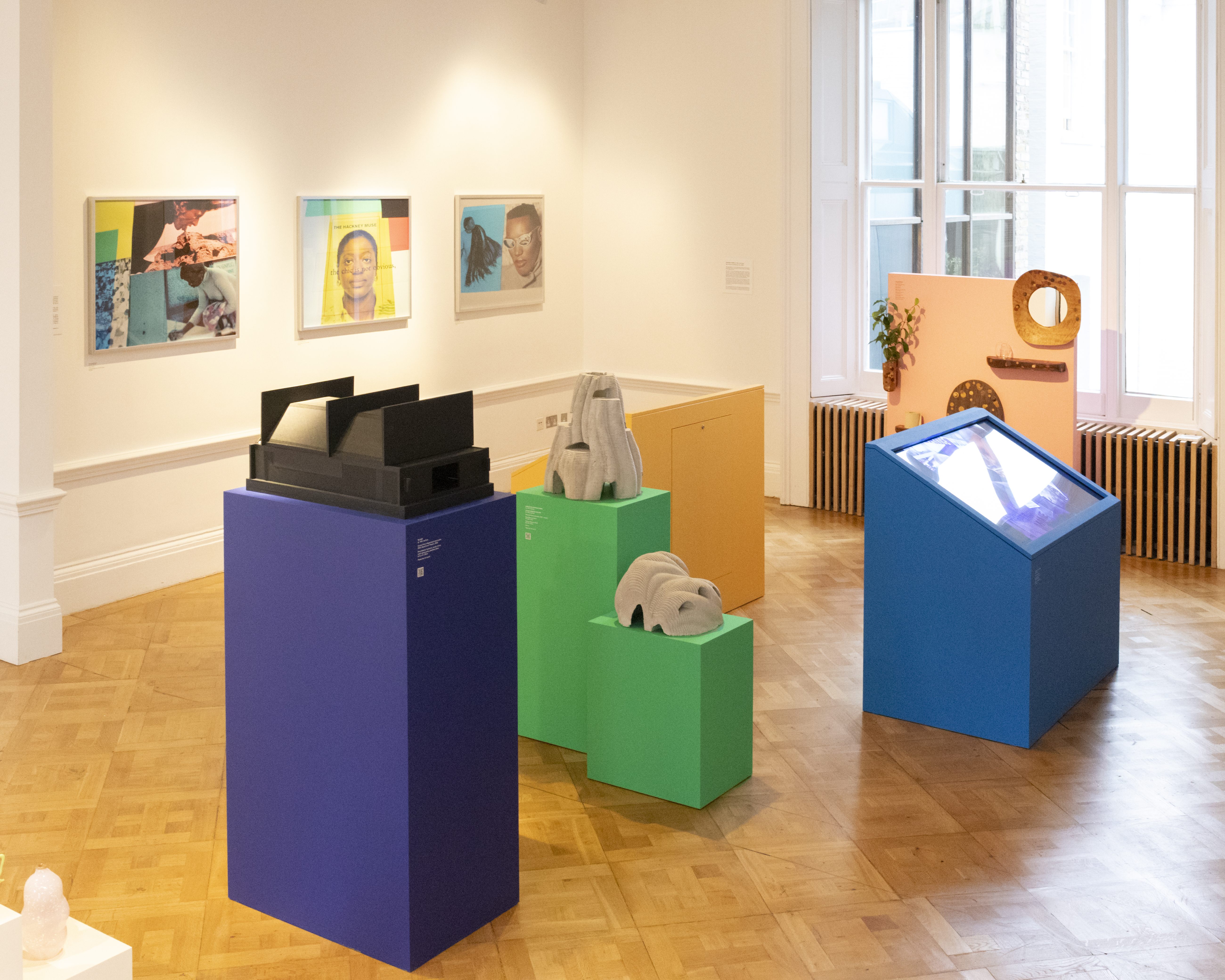 The David Collins Foundation celebrates creativity in all its forms at London Design Festival
The David Collins Foundation celebrates creativity in all its forms at London Design FestivalThe David Collins Foundation presents ‘Convergence’ at the Lavery during London Design Festival 2025 (on view until 19 September), featuring works from the Arts Foundation’s annual Futures Awards
-
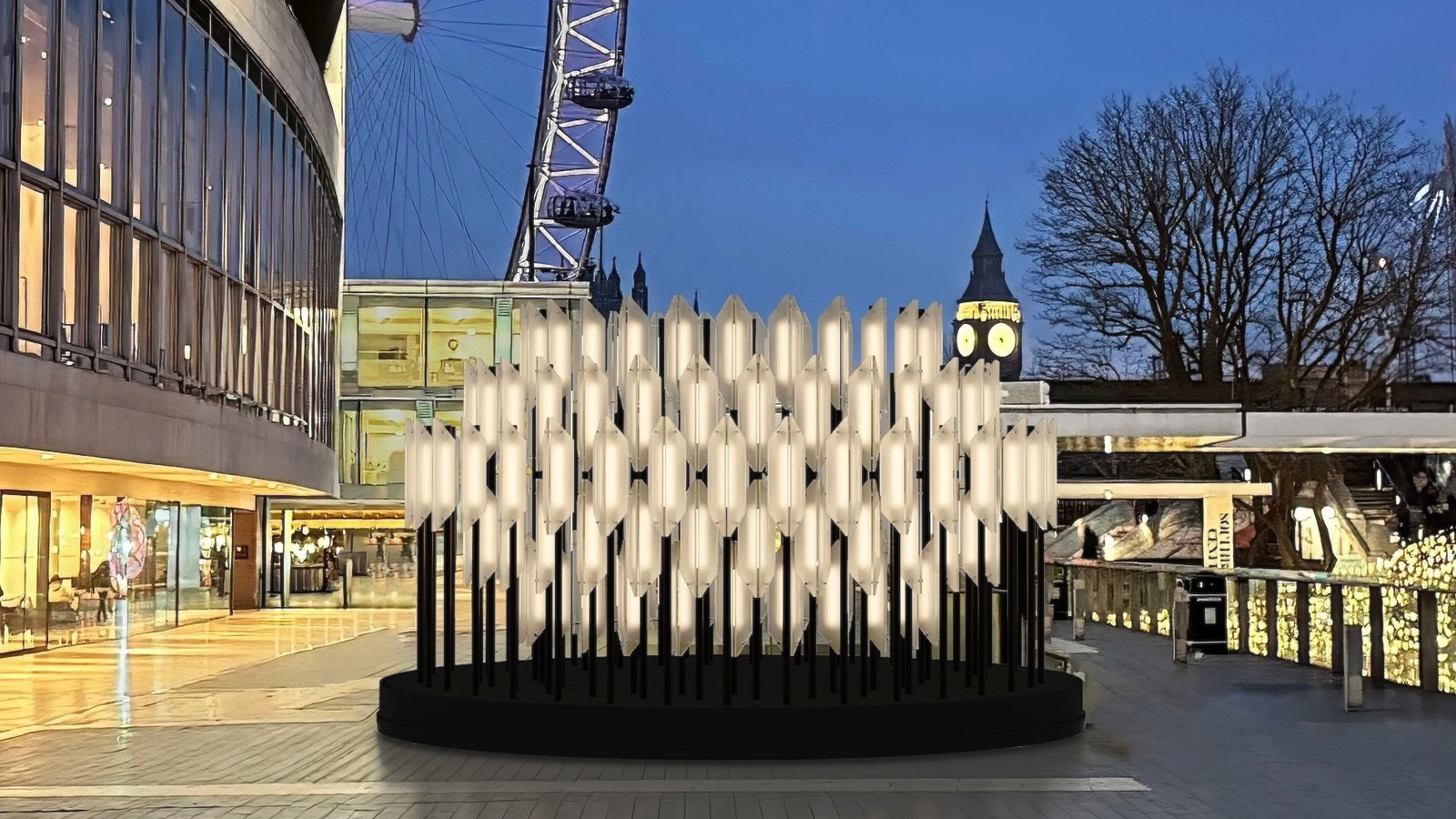 Lee Broom’s brutalist-inspired ‘Beacon’ will light up London as Big Ben strikes the hour
Lee Broom’s brutalist-inspired ‘Beacon’ will light up London as Big Ben strikes the hourSet to pulse through London Design Festival 2025 (13-22 September) and beyond, the British industrial designer’s sculptural light installation on the South Bank draws on its surroundings
-
 Yuri Suzuki turns sound into architecture at Camden Arts Projects
Yuri Suzuki turns sound into architecture at Camden Arts ProjectsThe sound designer unveils ‘Utooto’, an interactive installation at London’s Camden Arts Projects (until 5 October 2025), in which visitors collaboratively build a sonic piece of architecture
-
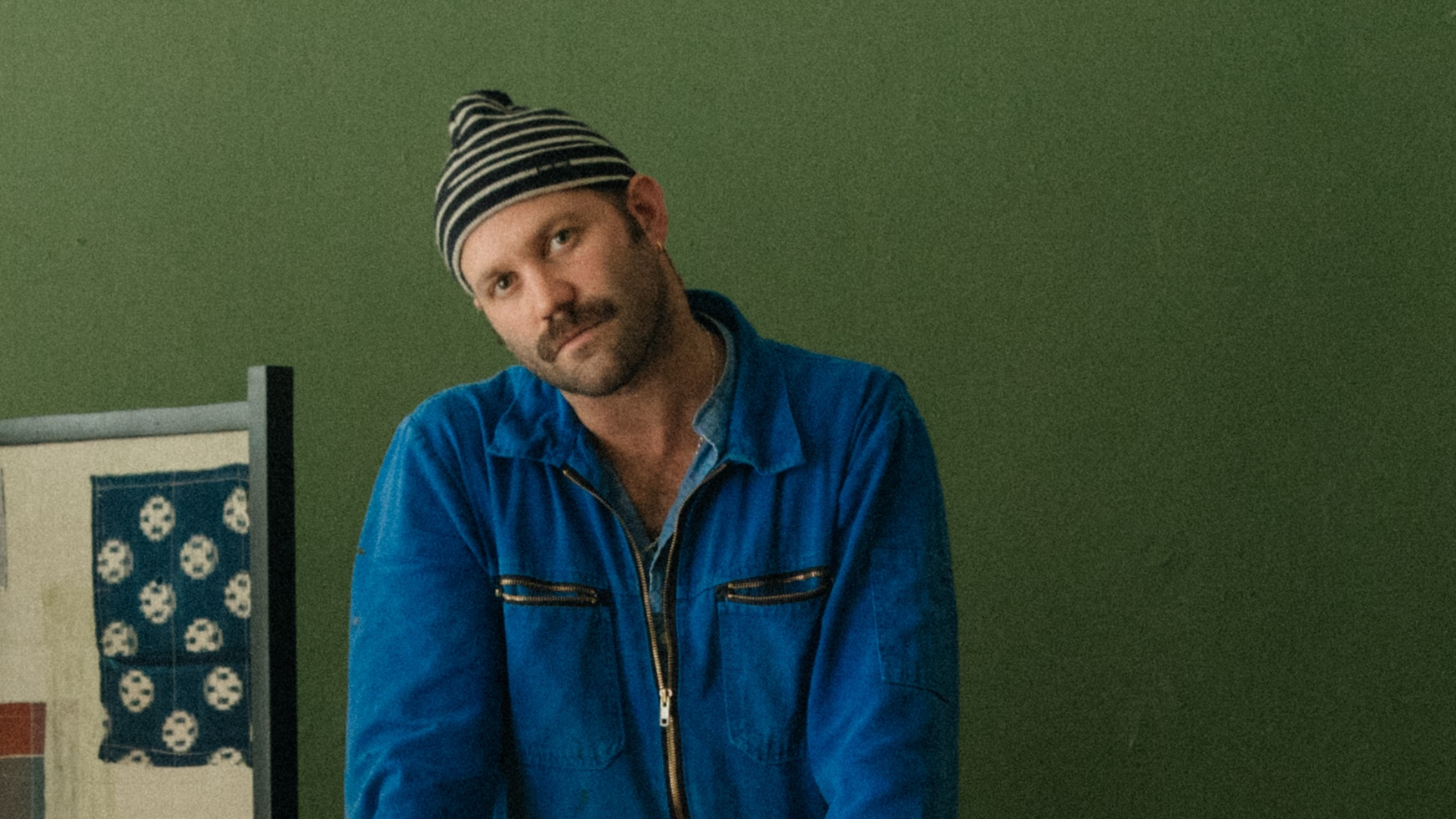 Alex Tieghi-Walker unveils his plans for Brompton Design District 2025
Alex Tieghi-Walker unveils his plans for Brompton Design District 2025Ahead of London Design Festival 2025, we catch up with New York gallerist Alex Tieghi-Walker about his appointment as curator of the Brompton Design District programme